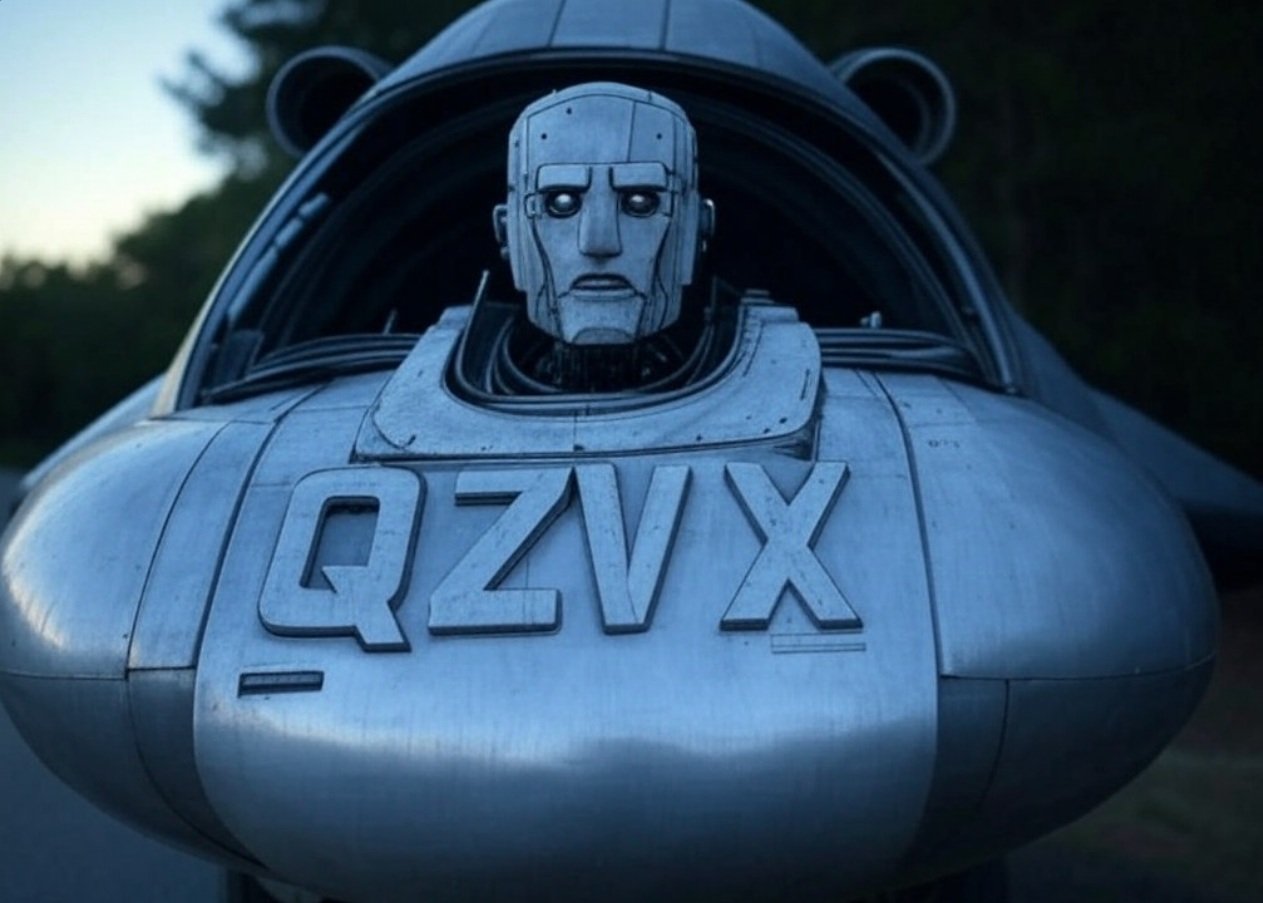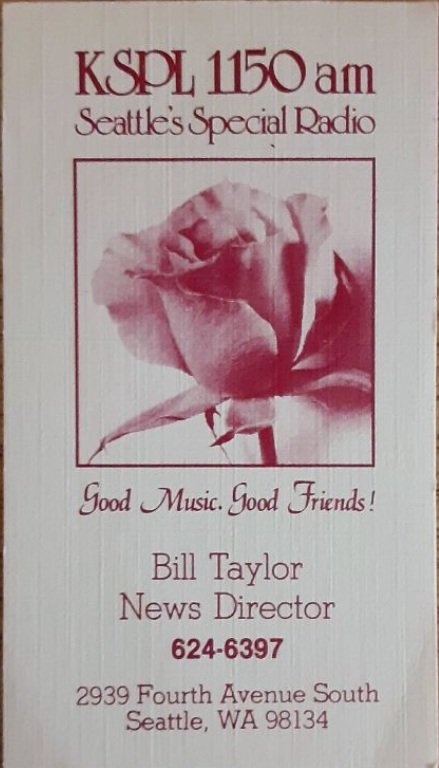

The United States became an active combatant in WW II when Japan attacked Pearl Harbor 79 years ago today. It was a surprise attack, but keen observers realized, when militarist Tojo took control of the Japanese government in Oct. ’41, that war in the Pacific was on the horizon. Japan was dependent on other countries for fuel and critical supplies. The militarists would use force to get what they needed to feed Japan’s expansionist goals. Japanese leaders miscalculated when they determined the Dec. 7, 1941 attack on Pearl Harbor, and an almost simultaneously an attack on U.S. bases in the Philippines, would eliminate the United States as a strategic power in the Pacific. The consequences were not as anticipated by the Japanese. Instead, as Japanese Admiral Yamamoto later said, “I fear all we have done is awakened a sleeping giant and filled him with a terrible resolve.”

This article is dedicated to my late brother-in- law, Del Cummings. Del survived the attack on Pearl Harbor. He was 24 years old when the first Japanese planes roared into Pearl Harbor. Del was serving on the USCGC Taney – a 327 foot Coast Guard cutter. Prior to the attack, the Taney had done several tours, delivering supplies to watch stations on Fiji and Tahiti and other small islands in the Pacific. Del told me that during the surprise attack he had operated one of the Taney’s 50 caliber machine guns. Unfortunately, they were ineffective, lacked range, and could not be raised high enough to fire on aircraft.
After the attack, Del remained on the Taney for another six months. Then the cutter went into dry dock in Maryland, where it was armed for war. At that point, he was transferred to the northwest coast and he assumed command of a construction crew that maintained lighthouses and other structures.
When the war was over, Del became a leading building contractor in the Skagit Valley. As for the USCGC Taney, it is the only Pearl Harbor related ship still existing and afloat…it is now serving as a coast guard museum in Baltimore Maryland Harbor. Del always had a flair for art and, many years after the war, he drew from a photo the coast guard cutter that was part of an unforgettable chapter in his life.


Del was enthusiastic about a WW II documentary that I produced in the 1990s. It consisted of the great radio broadcasts from WW II, including the voices of Ed Murrow, Eric Sevareid, William L. Shirer, Churchill, FDR, Hitler, Mussolini, Tojo, Emperor Hirohito and dozens more. The presentation was in chronological order — a timeline beginning with the first day of the war in Europe and ending with the last day in the Pacific. In the age of YouTube, historical photos have been added to make it a video.
What follows is a short segment from within the video. It focuses on Pearl Harbor and the events leading up to U.S. entry into the war. We begin in October 1941, as Tojo ascends to power in Japan, and it ends in May 1942 as things look bleak for the allies. By then we’d already evacuated General MacArthur from the Philippines, in the Java Sea our navy had been crushed, we’d been defeated and surrendered Wake Island, Bataan and Corregidor. The battle of the Coral Sea, which would determine the fate of Australia, was going poorly in May ’42. The turning point in the Pacific War didn’t come along until the Battle of Midway in June ’42.
Del was alive when I created this wartime documentary. He was enthusiastic about it and arranged for me to present it in person before local and state meetings of Pearl Harbor Survivors. You might say my work was well “vetted” by the guys who were actually there that day. I think you will agree that, long before the advent of television, this story of the war was told dramatically and effectively by AM and shortwave radio broadcasts of the era.


 by Jason Remington on
by Jason Remington on 
December 16, 2020 at QZVX
Guy Schlegel says:
YES, I’d love to see the completed version as well! Very well done with the photo’s and the snippets of the music of the day!
December 7, 2020 at QZVX
Steven L. Smith says:
Jay…I have parts of it…like that complete…but there are holes along the way. I really should finish it!
December 8, 2020 at QZVX
Jay Hamilton says:
I see one of the many heroes of WWII died Monday (12/7) at 97 years old. The amazing Chuck Yeager … the first to break the sound barrier.
As a pilot in that war, on October 12th 1944, leading 3 fighters squadrons escorting bombers over Bremen, he downed 5 German plains, becoming an ace in 1 day. In Nov., the same year, he shot down another 4 planes in 1 day. Ironically, he said after all his years as a pilot, and all his heroic acts, whenever he flew, he said: “I was always afraid of dying. Always.”
December 7, 2020 at QZVX
Bob Paine says:
If it exists I’d like to hear the entire recording of the KIRO sign off from December 7.
December 7, 2020 at QZVX
Steven L. Smith says:
Jay….the full documentary WW II part was about 30 minutes long. I have thought about putting photos to it and turning it into a video…but so far only done a few parts. When I was collecting these things, I was actually in communication with Ed Murrow’s family, Eric Sevareid and William L. Shirer. I was able to supply their old historical broadcasts, that they did not have, to Sevareid and Shirer. It was fun to do. Maybe some day I will complete converting it all to video…which is easier for people than following a written program as it was back then.
December 7, 2020 at QZVX
Jay Hamilton says:
Well, if you ever complete that documentary I’ll be the first in line to watch it. This post reminded me of your interesting biography of Edward R. Murrow a couple years ago on PSM. Well worth a revisit.